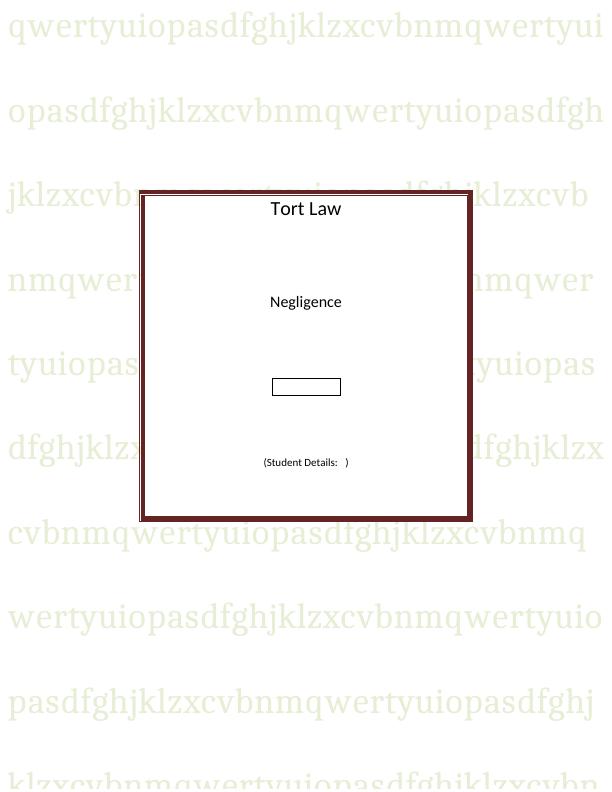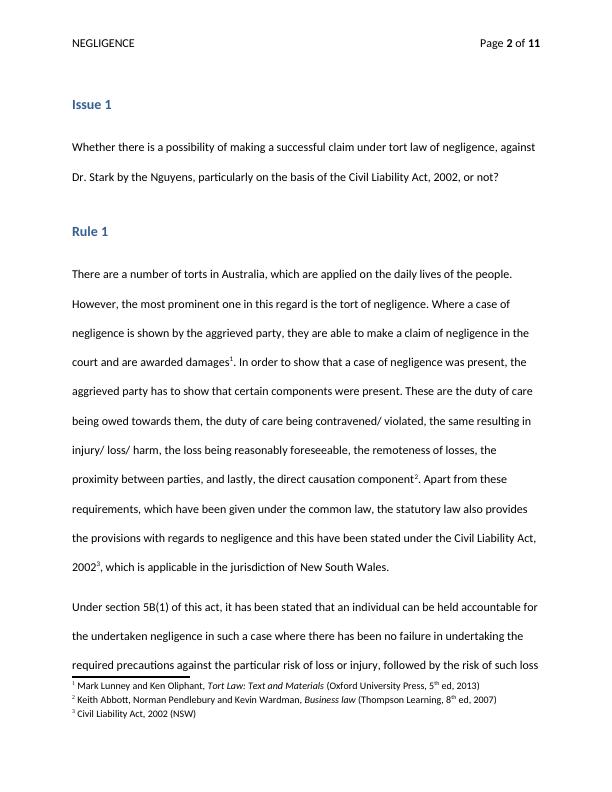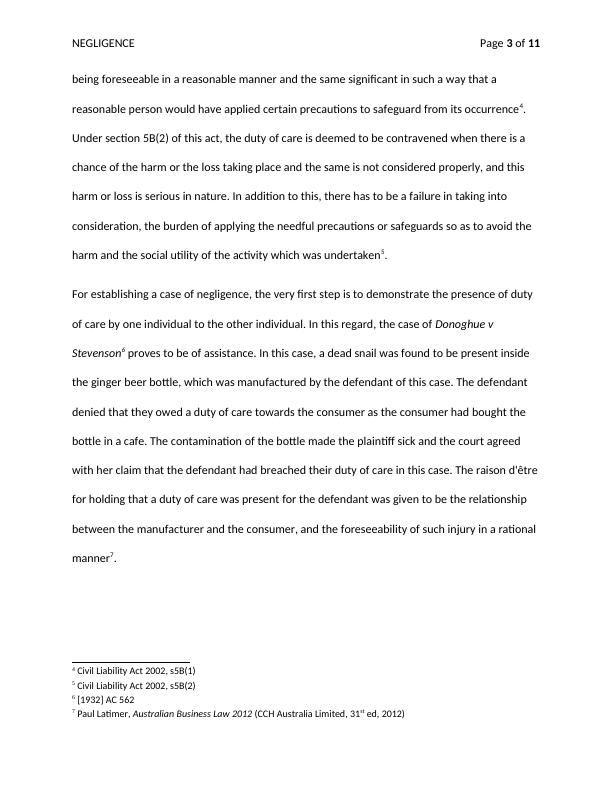NEGLIGENCE Page 7 of 11 qwertyuiopasdfghjklzxcvbnmqwertyuiopasdfghjklzxcvbnmqwertyuiopasdfghjklzxcvbnmqwertyuiopasdfghjklzxcvbnmqwertyuiopasdfghjklzxcvbnmqwertyuiop
11 Pages2440 Words361 Views
Added on 2020-03-28
About This Document
NEGLIGENCE Page 7 of 11 qwertyuiopasdfghxcvbnmqwertyuiopasdfghxcdfdfdfdfdfdfdfdfdfdfdfdfdfdfdfdfdfdfdfdfdfdfdfdfdfdfdfdfdfdfdfdfdfdfdfdfdfdfdfdfdfdfdfdfdfdfdfdfdfdfdfdfdfdfdfdfdfdfdfdfdfdfdfdfdfdfdfdfdfdfdf
NEGLIGENCE Page 7 of 11 qwertyuiopasdfghjklzxcvbnmqwertyuiopasdfghjklzxcvbnmqwertyuiopasdfghjklzxcvbnmqwertyuiopasdfghjklzxcvbnmqwertyuiopasdfghjklzxcvbnmqwertyuiop
Added on 2020-03-28
ShareRelated Documents
End of preview
Want to access all the pages? Upload your documents or become a member.
Case on Claim of Negligence
|11
|2433
|55
Torts of Negligence Case Study
|7
|1435
|251
Law 504 Case Study | Assignment
|7
|1314
|37
BUS107 Corporation Law Assignment: Tort of Negligence
|6
|1378
|117
Commercial Law - Questions Based On Case Study
|9
|1894
|49
Civil Liability of Organizations in Tort Law
|12
|898
|98




